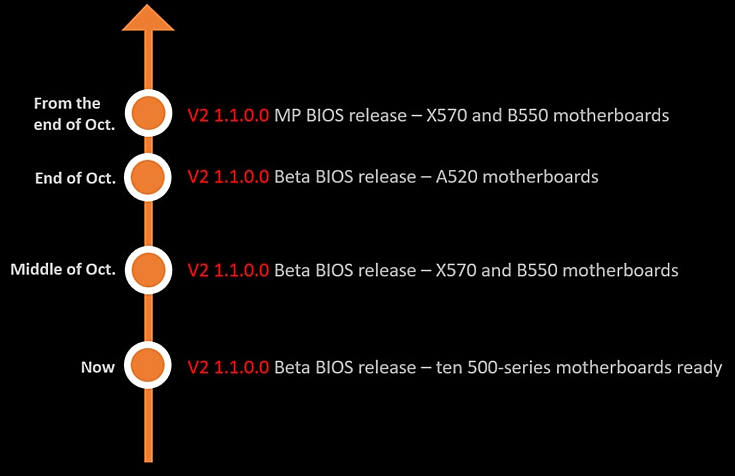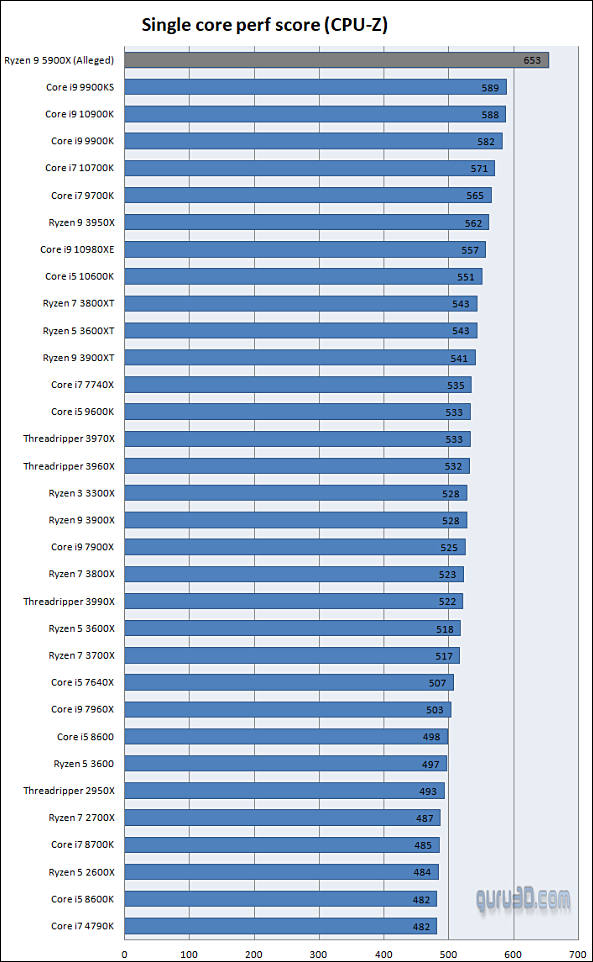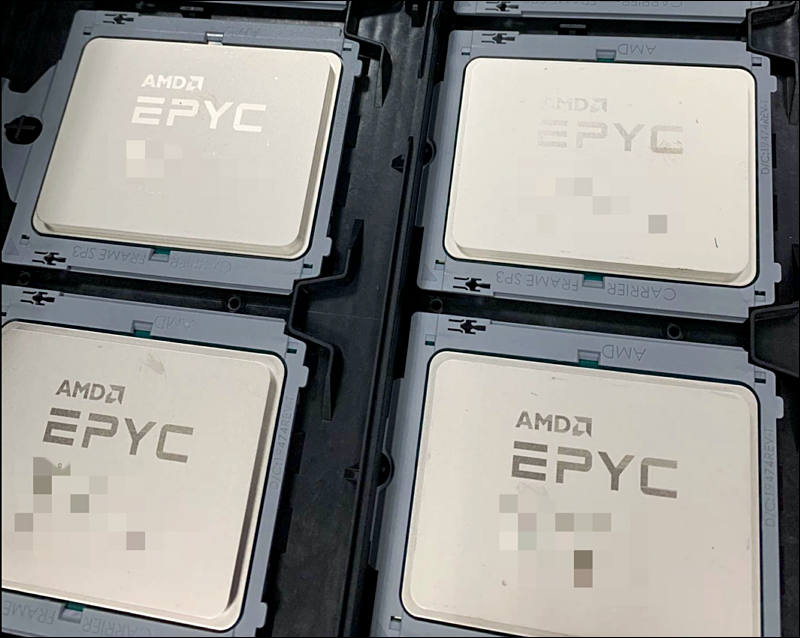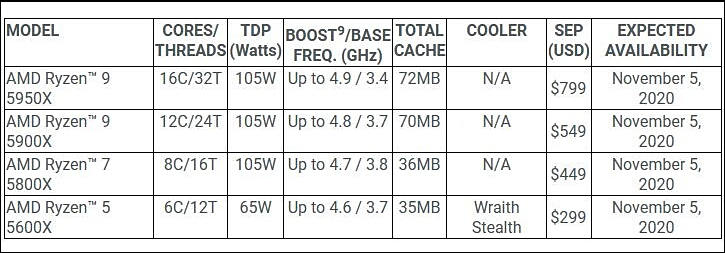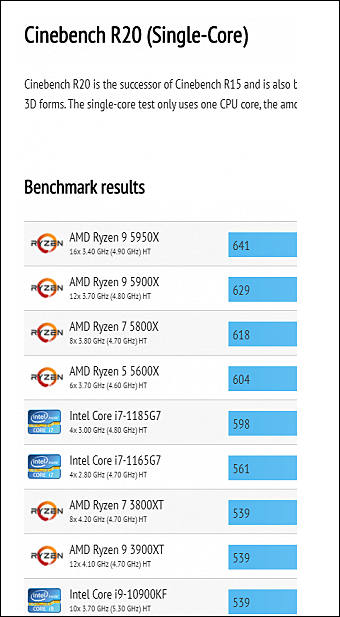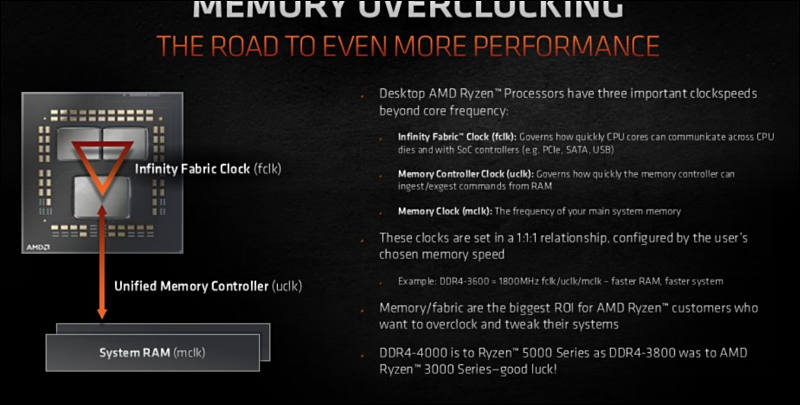
It allows to keep PV going, with more focus towards AI, but keeping be one of the few truly independent places.
-
Unlike the previous generation design where each CCD comprised of two CCX's (Core Complexes), the Zen 3 CCD will consist of a single CCX which will feature 8 cores that can run in either a single-thread mode (1T) or a two-thread mode (2T) for up to 16 threads per CCX. Since the chip houses a maximum of two CCDs, the core and thread count will max out at 16 cores and 32 threads which is the same as the existing flagship AM4 desktop CPU, the Ryzen 9 3950X.
Each Zen 3 core will feature 512 KB of L2 cache for a total of 4 MB of L2 cache per CCD. That should equal 8 MB of L2 cache on a dual CCD CPU. Along with the L2 cache, each CCD will also comprise of up to 32 MB of shared L3 cache. For Zen 2, the L3 cache was split between the two CCX's with each CCX having their own separate (Up To) 16 MB cache. The size of the cache remains the same per CCD but now all cores can share a larger number of L3 cache.
https://wccftech.com/amd-zen-3-ryzen-4000-vermeer-cpus-detailed-up-to-16-cores-32-threads/
-
Now all Cores can share larger amounts of cache and add to that latency !!! Plop
-
New rumors
- CPUs will have 5xxx names
- It won't be 16 core CPUs (12 cores tops), at least in retail and at initial stages
- AMD can't make too much fully non defective 8 core chiplets now
- Main issue can be horrible situation with 7nm EUV process on TSMC
- AMD had been forced to use this process as 5nm capacity is literally not available
Note that for Zen 2 and Zen 1 number of total fully nondefective chiplets reached 98% after few months, so almost all of lower end CPUs have intentionally disabled cores and even most of the nonconnected chiplets in Threadrippers had been fully functional.
-
Specific models
- AMD Ryzen 9 5900X - 12 Core
- AMD Ryzen 7 5800X - 8 Core
-
AMD can repeat stunt they made with client IO die (part of processor that deal with IO and RAM)
X570 chipset had been actually just mostly rewired IO die from Zen 2 CPU.
X670 chipset can be again just die put on separate board.
-
Small leak on that happened with Zen 3 original plans to have 4 threads per core
Original Zen 3 design had 4 hyperthreading threads per each core.
But AMD could not make it work good due to thermal issues
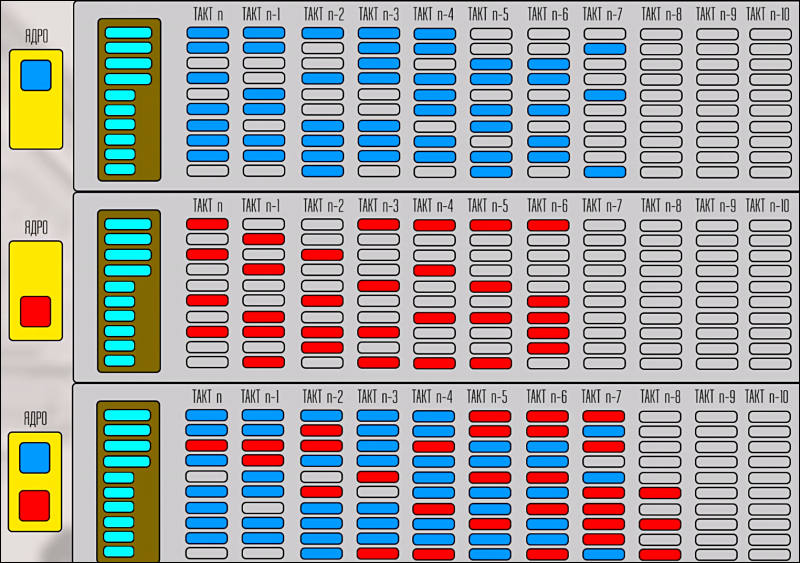
As you have more threads you have more parts of each core used and thermal situation becomes worse. In benchmark case CPU can be forced to drop frequency up to 2 times to keep things under control.
In real life of modern 7nm processors they have parts of CPU constantly turned off to limit thermal happening due to leakage. And you can't do it adding too much threads.
Intel also needed to slow down CPU during heavy AVX-512 loads.

 sa14775.jpg800 x 563 - 142K
sa14775.jpg800 x 563 - 142K -
AMD Ryzen 9 5900X
- 12 cores only
- IPC improvement of up to 20% (around 3% in real life)
- Boost clocks (for short periods) of up to 5 GHz (+300 MHz improvement over the Ryzen 9 3900XT)
- CPU won't be able to offer much higher sustainable all core clock
- 150W TDP (not real consumption, just spec)
- Real consumption will pass 200w for heavy loads during boosts time or overclock
- Price will jump around 15-20% compared to 3900XT
-
Can be fake, but...




 sa14843.jpg777 x 191 - 24K
sa14843.jpg777 x 191 - 24K
 sa14844.jpg774 x 188 - 25K
sa14844.jpg774 x 188 - 25K
 sa14845.jpg782 x 186 - 25K
sa14845.jpg782 x 186 - 25K -
Livestream
-
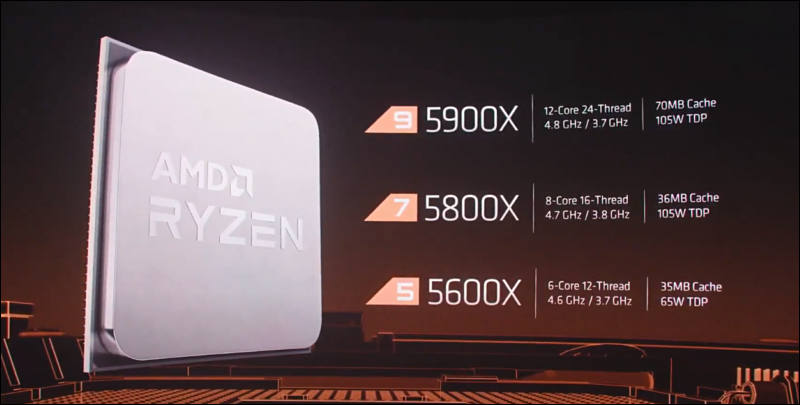
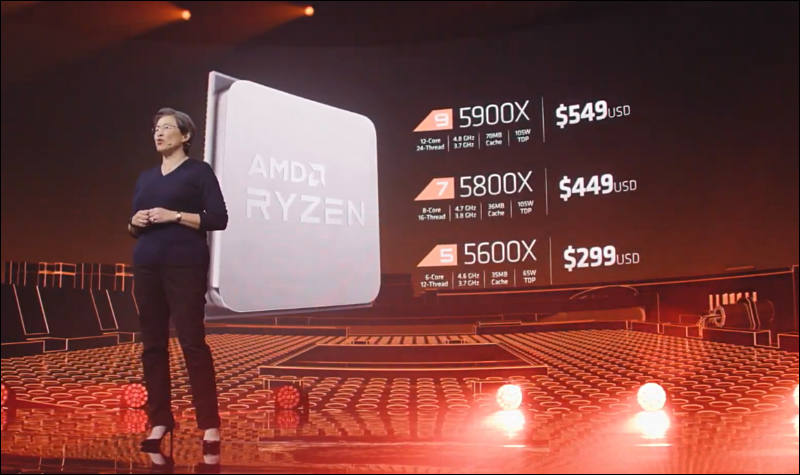
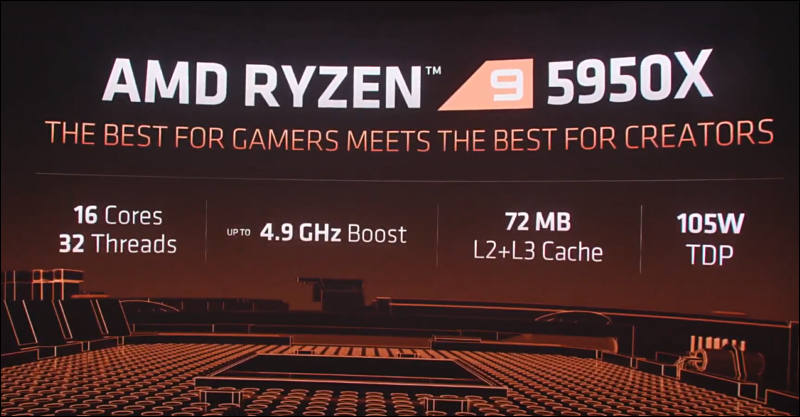
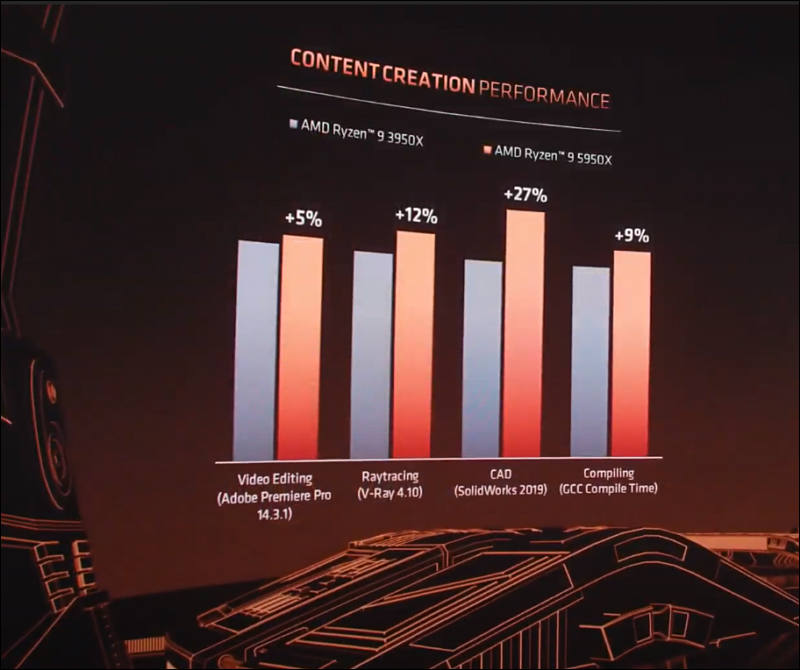
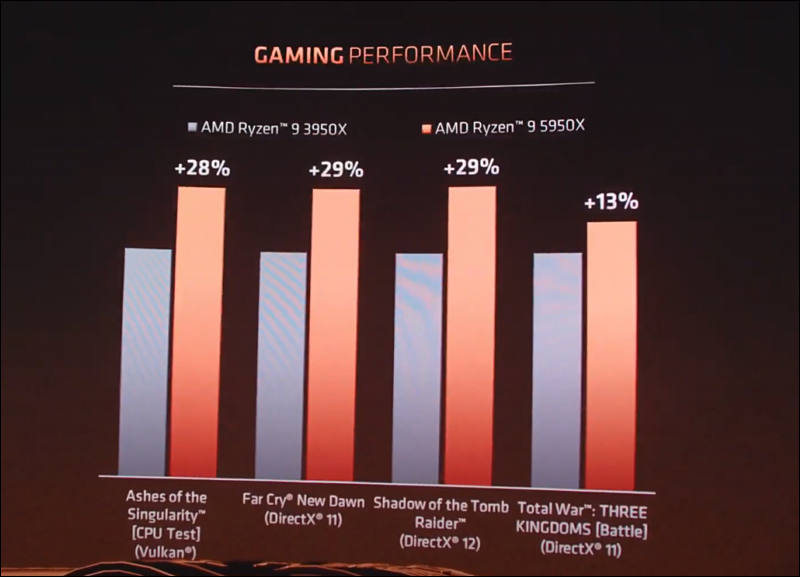
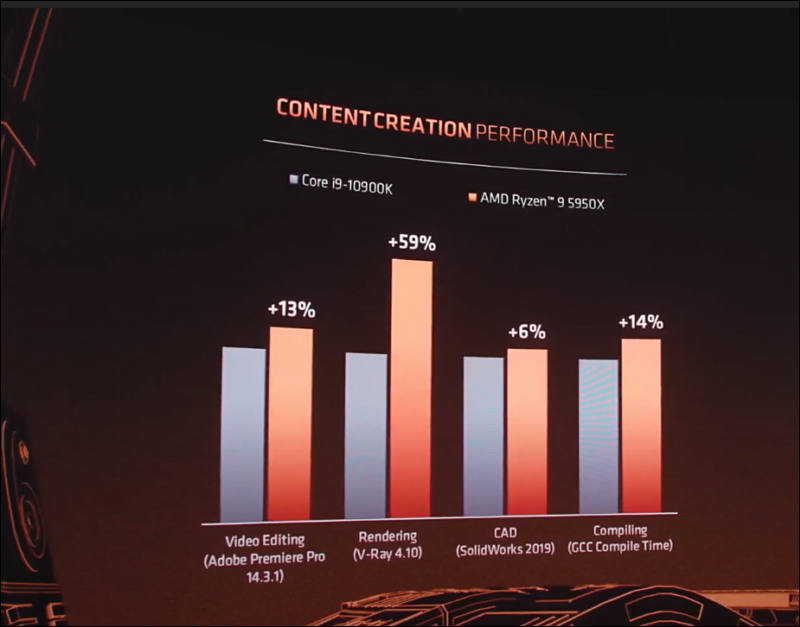

 sa14965.jpg800 x 405 - 38K
sa14965.jpg800 x 405 - 38K
 sa14966.jpg800 x 475 - 59K
sa14966.jpg800 x 475 - 59K
 sa14967.jpg800 x 417 - 57K
sa14967.jpg800 x 417 - 57K
 sa14969.jpg800 x 670 - 58K
sa14969.jpg800 x 670 - 58K
 sa14970.jpg800 x 577 - 44K
sa14970.jpg800 x 577 - 44K
 sa14971.jpg800 x 627 - 45K
sa14971.jpg800 x 627 - 45K -
Some slides
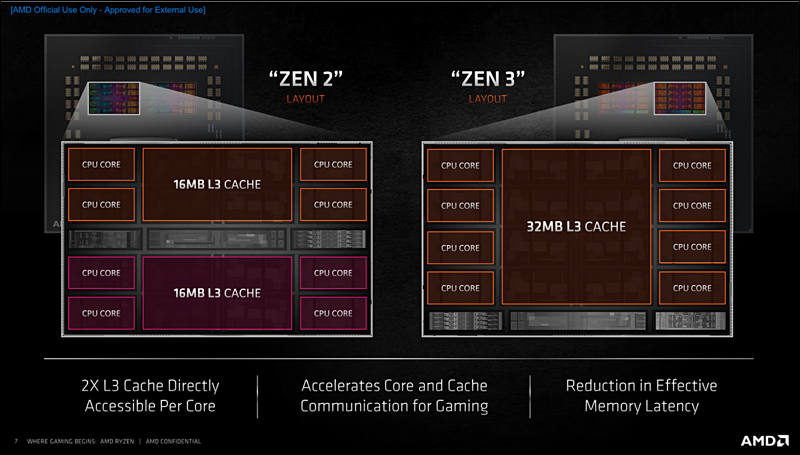
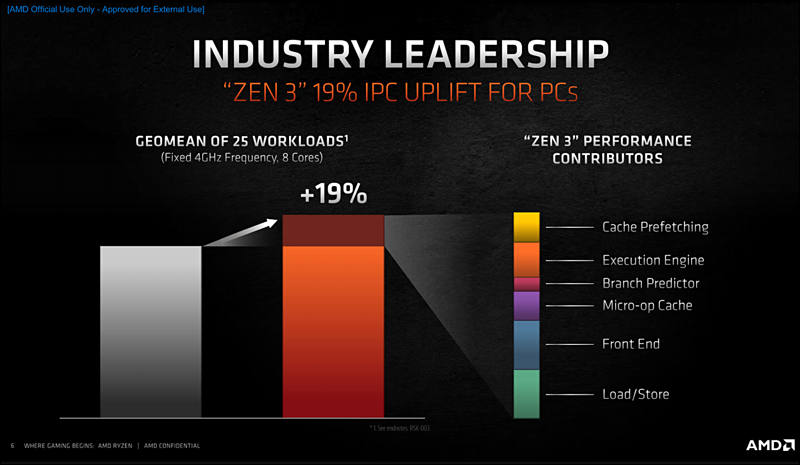
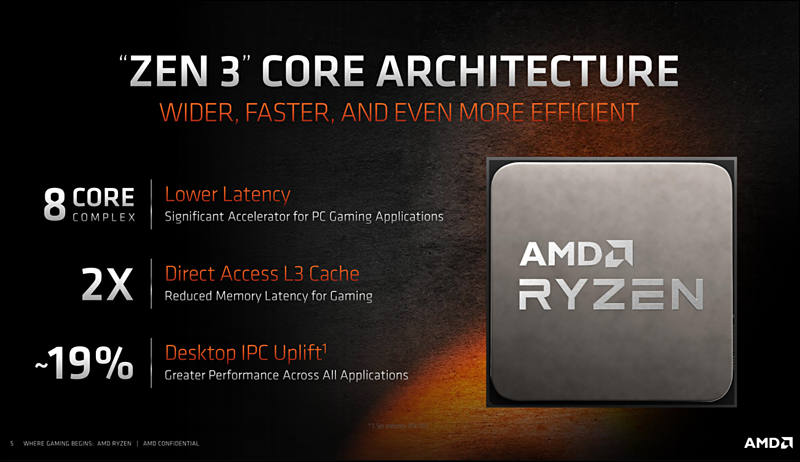

 sa14974.jpg800 x 455 - 60K
sa14974.jpg800 x 455 - 60K
 sa14975.jpg800 x 465 - 42K
sa14975.jpg800 x 465 - 42K
 sa14976.jpg800 x 462 - 53K
sa14976.jpg800 x 462 - 53K -
UK prices
- Ryzen 9 5950X - 750 GBP
- Ryzen 9 5900X - 530 GBP
- Ryzen 7 5800X - 430 GBP
- Ryzen 5 5600X - 290 GBP
EU prices
- Ryzen 9 5950X - 830-850 EUR
- Ryzen 9 5900X - 570-580 EUR
- Ryzen 7 5800X - 470-480 EUR
- Ryzen 5 5600X - 313-320 EUR
Note that AMD also excluded coolers from all but cheapest 6 core models, so profits (including saving on cooler and price rise) are around $100 bigger for most models now.
-
AMD IO die part
It is exactly same as in Zen 2, cheap as shit, 12nm thing.
x570 chipset is also exactly same die :-)
AMD had much better memory controller in mobile and hybrid latest CPUs, but did not updated IO chiplet, as this required changing masks (aka few less Ferrari cars for AMD top management). All extra profits will be guided to more buybacks and top managers bonuses, none into development.
-
On BIOS updates
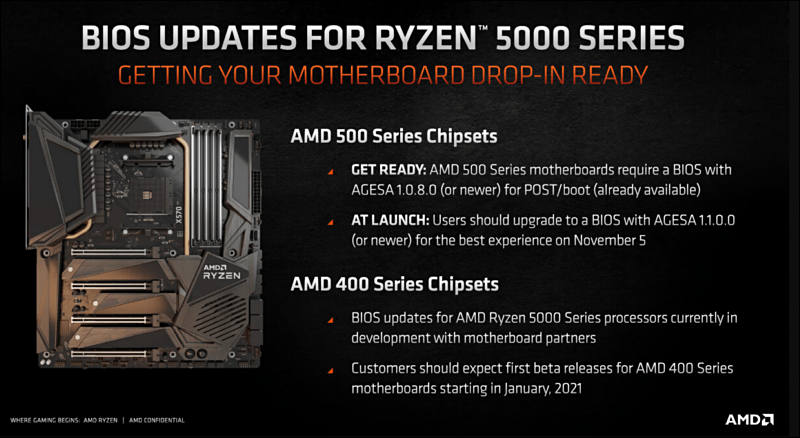
Taiwan manufacturers current plans
- Most X570 and B550 boards will get updates
- Most X470 board won't get updates
- Almost all B450 board won't get updates
- Almost none or totally none of X350 and B350 (totally marketing decision)

 sa15033.jpg800 x 438 - 61K
sa15033.jpg800 x 438 - 61K -
ASUS will provide updated BIOS' for the X470 and B450 chipsets based on AMD's current release schedule of new AGESA code in January 2021. This original report was based on incorrect information.
-
MSI on motherboards support
- X370, B350 and A320 board won't get any support
- B450 and X470 boards will get some support
Main reason that AMD provides fully solid and encrypted AGESA or AMD Generic Encapsulated System Architecture BIOS part. Such way they can prevent old chipset from getting modern CPU support.
Exactly same way they disabled PCIe 4.0 support on older chipsets (actually main M.2 and PCIe x16) spots onall B450 and B350 motherbaords can work in PCIe 4.0.
Such way corporation is making tens of billions of damages and huge ecology impact by forcing unnecessary updates, and all for 3-4 main investors and less than 100 of top managers to get their big cut. This guys are open criminals.
-
Some new benchmarks
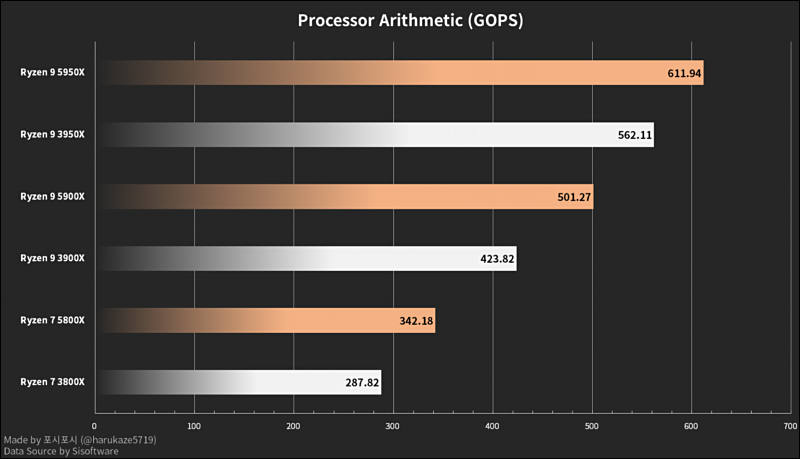
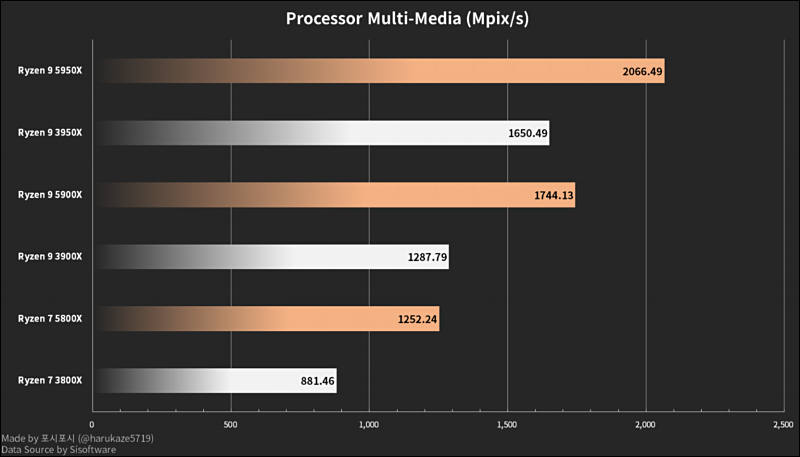

 sa15094.jpg800 x 459 - 36K
sa15094.jpg800 x 459 - 36K
 sa15095.jpg800 x 457 - 34K
sa15095.jpg800 x 457 - 34K -

BIOSTAR also will do standard things and add support to some older MBs, but not 3xx series.

 sa15132.jpg745 x 370 - 38K
sa15132.jpg745 x 370 - 38K
Howdy, Stranger!
It looks like you're new here. If you want to get involved, click one of these buttons!
Categories
- Topics List23,991
- Blog5,725
- General and News1,354
- Hacks and Patches1,153
- ↳ Top Settings33
- ↳ Beginners256
- ↳ Archives402
- ↳ Hacks News and Development56
- Cameras2,367
- ↳ Panasonic995
- ↳ Canon118
- ↳ Sony156
- ↳ Nikon96
- ↳ Pentax and Samsung70
- ↳ Olympus and Fujifilm101
- ↳ Compacts and Camcorders300
- ↳ Smartphones for video97
- ↳ Pro Video Cameras191
- ↳ BlackMagic and other raw cameras116
- Skill1,960
- ↳ Business and distribution66
- ↳ Preparation, scripts and legal38
- ↳ Art149
- ↳ Import, Convert, Exporting291
- ↳ Editors191
- ↳ Effects and stunts115
- ↳ Color grading197
- ↳ Sound and Music280
- ↳ Lighting96
- ↳ Software and storage tips266
- Gear5,420
- ↳ Filters, Adapters, Matte boxes344
- ↳ Lenses1,582
- ↳ Follow focus and gears93
- ↳ Sound499
- ↳ Lighting gear314
- ↳ Camera movement230
- ↳ Gimbals and copters302
- ↳ Rigs and related stuff273
- ↳ Power solutions83
- ↳ Monitors and viewfinders340
- ↳ Tripods and fluid heads139
- ↳ Storage286
- ↳ Computers and studio gear560
- ↳ VR and 3D248
- Showcase1,859
- Marketplace2,834
- Offtopic1,319




